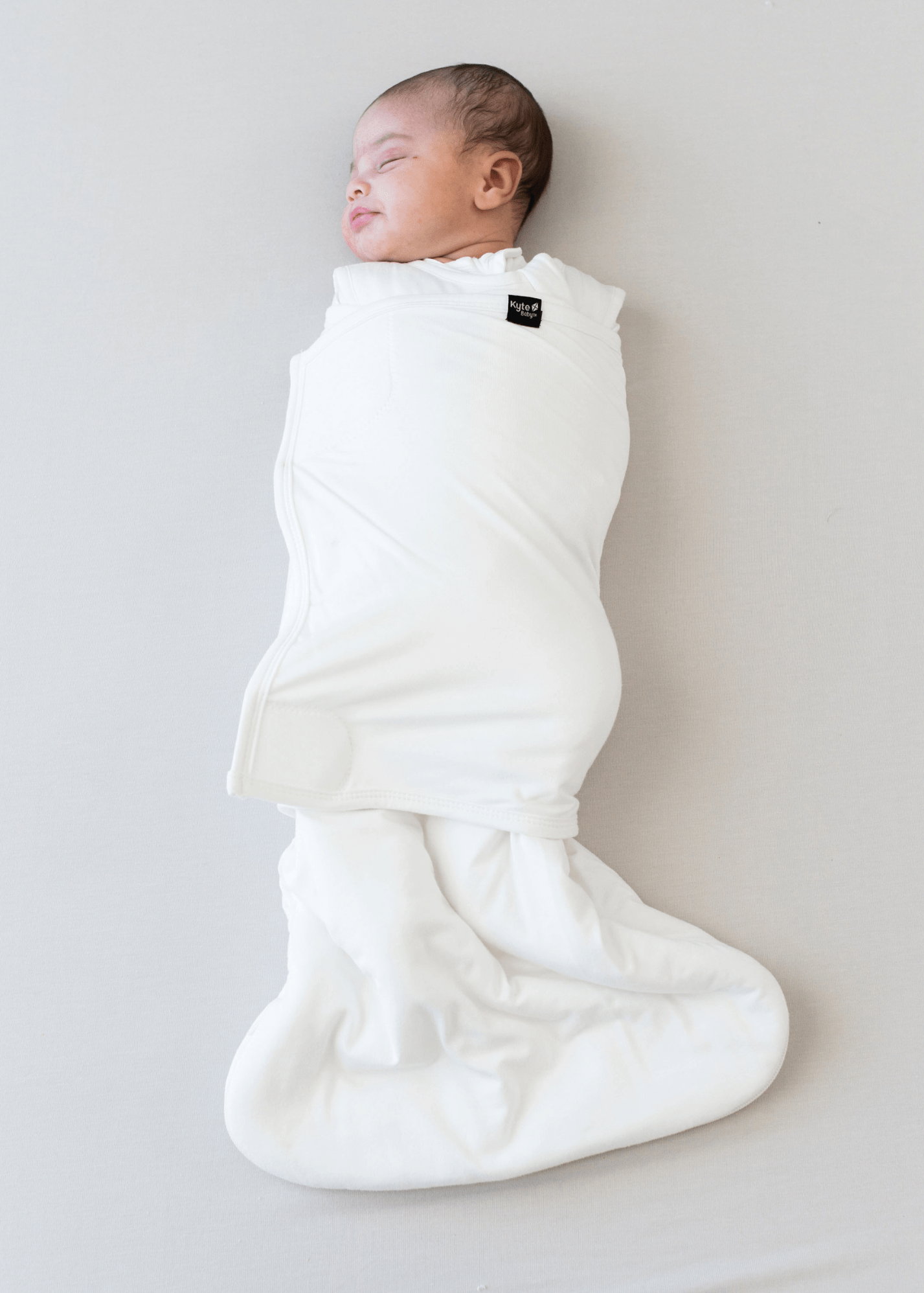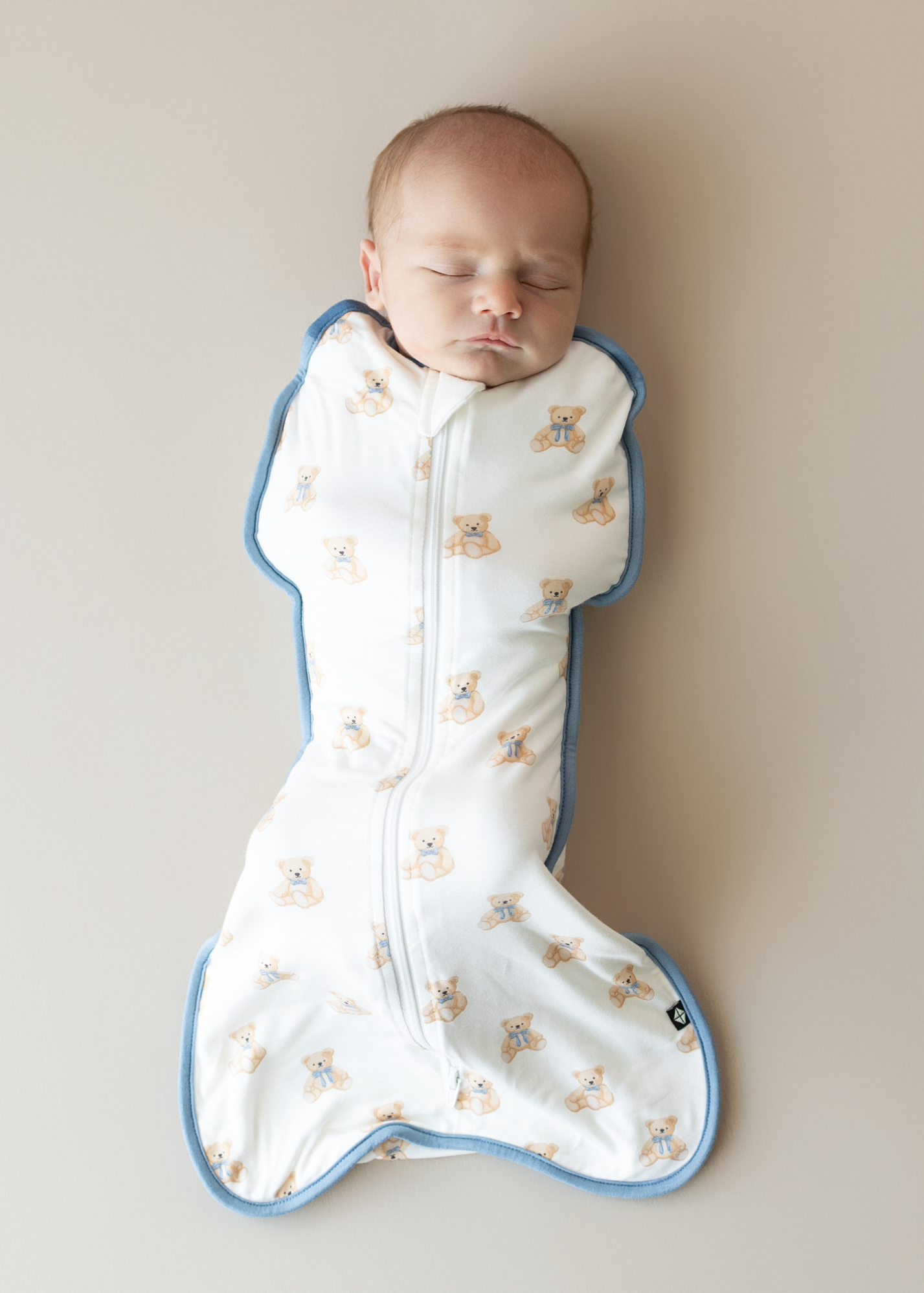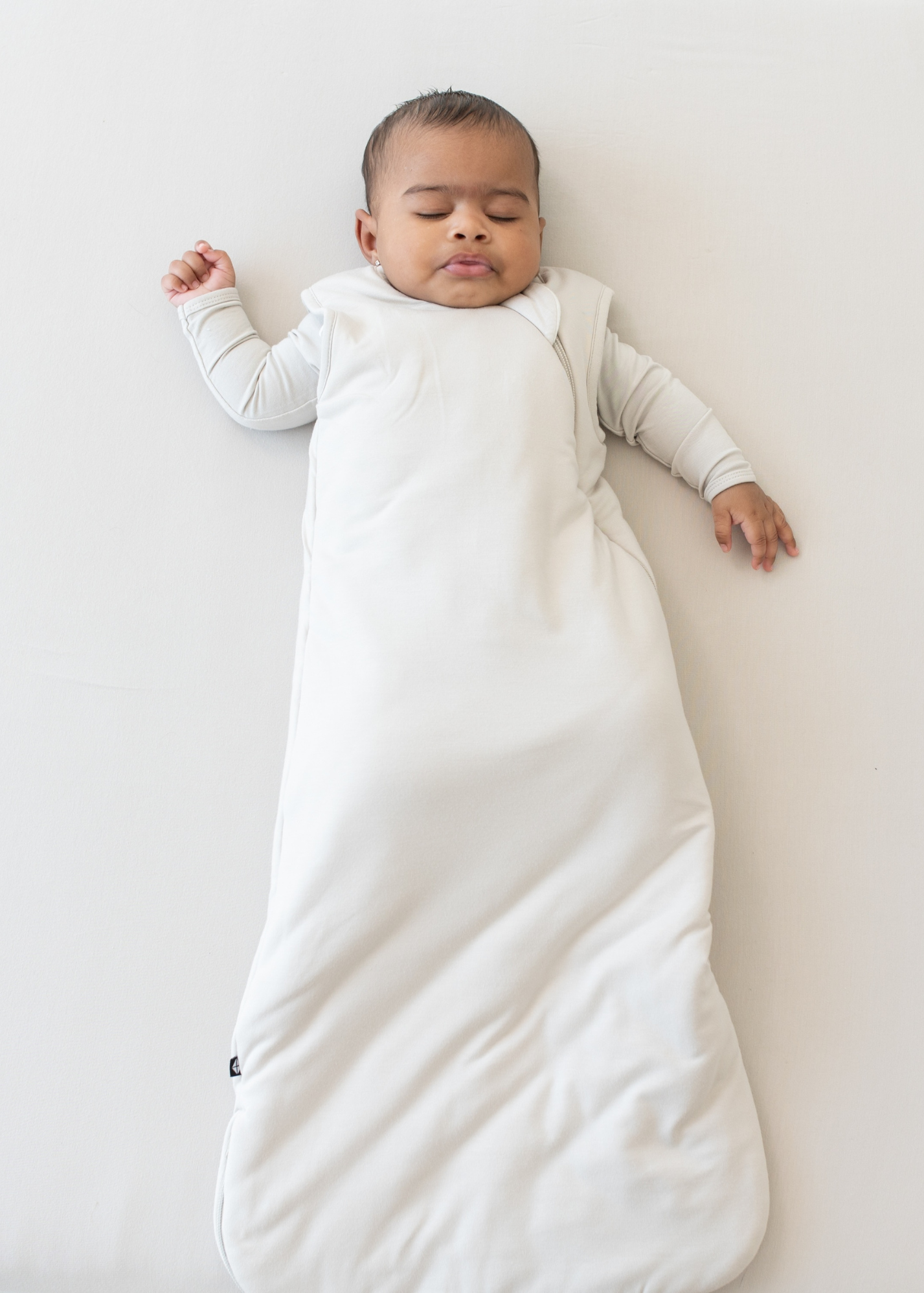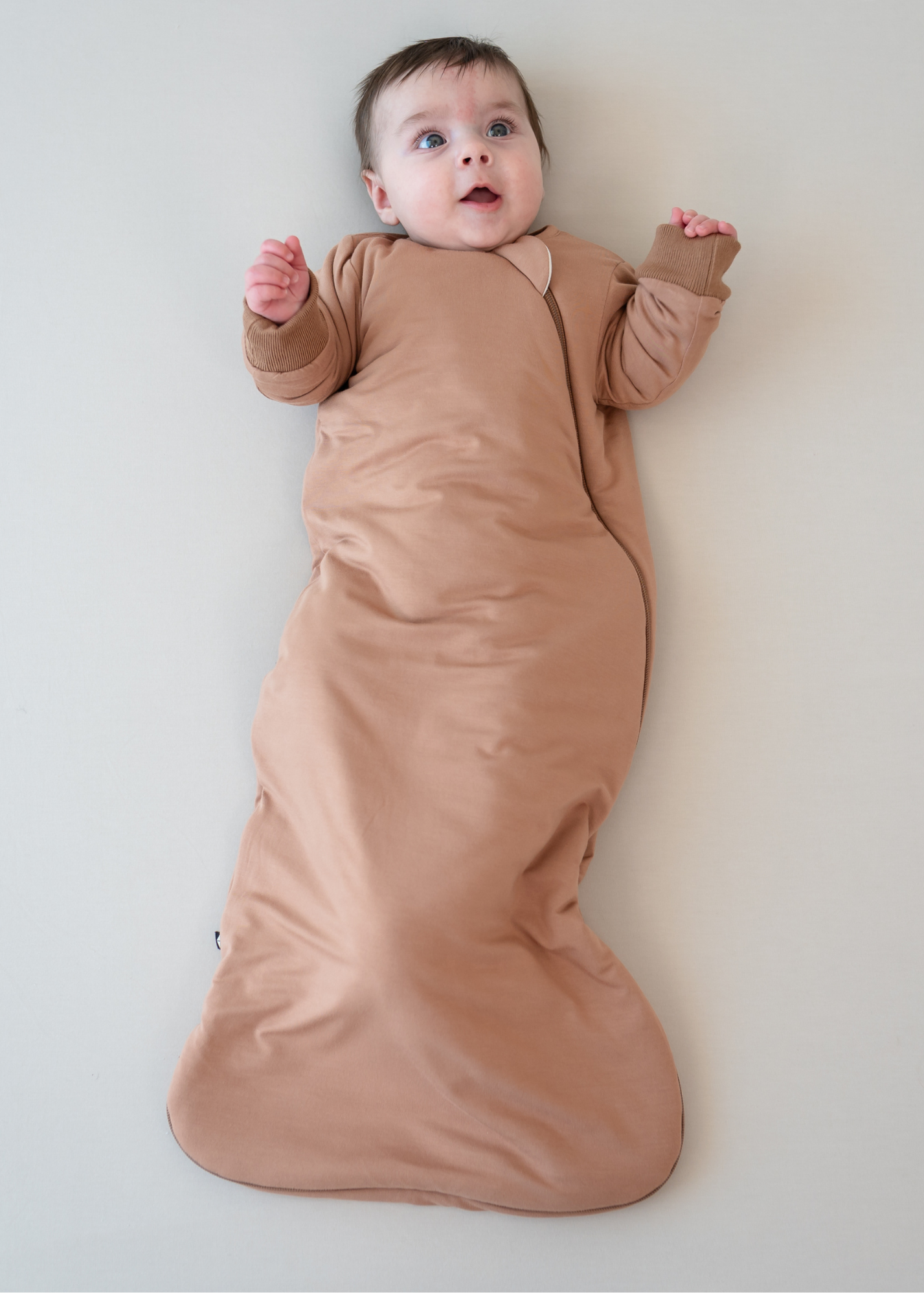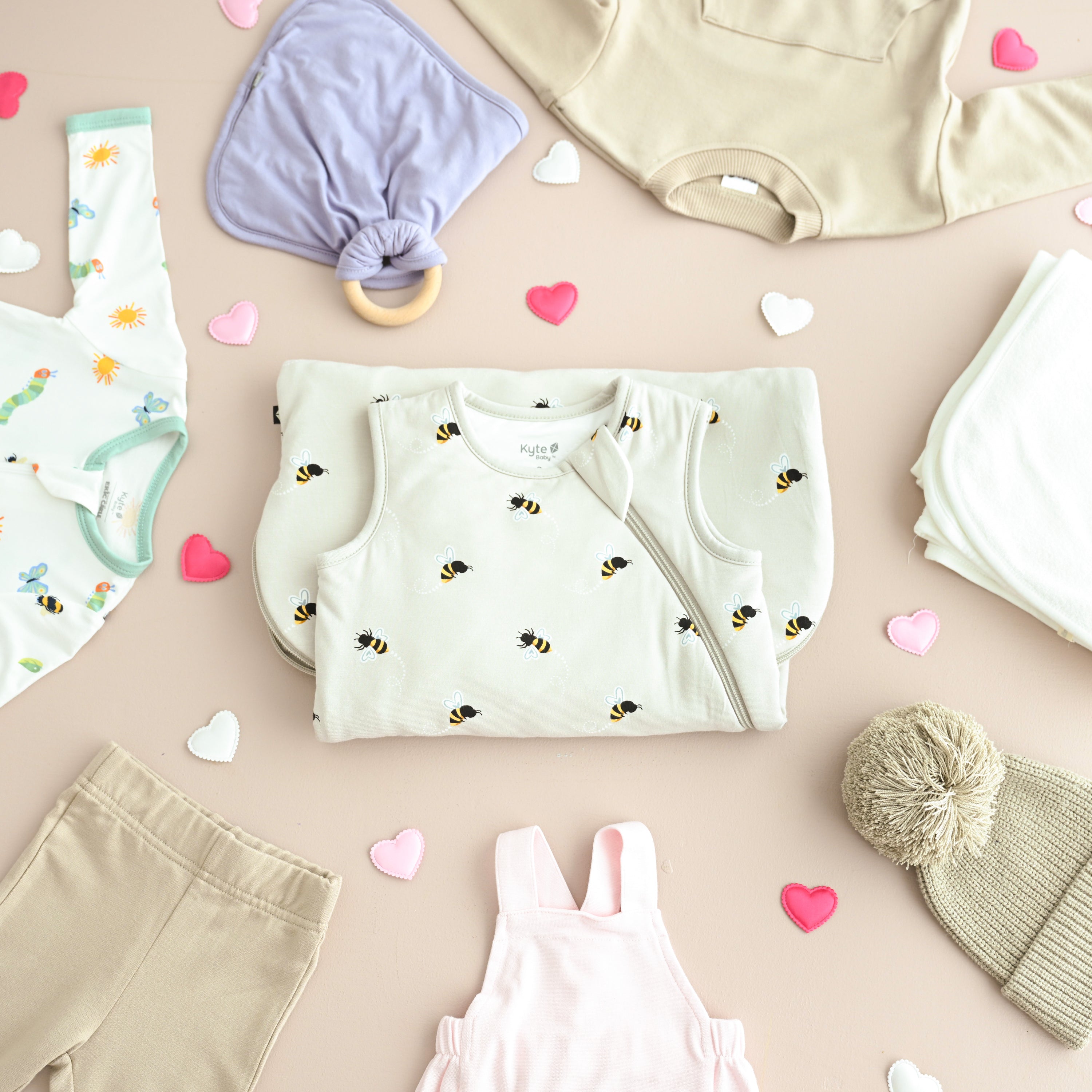With lush greenery, pristine beaches, and diverse landscapes, Hawaii is truly a paradise on Earth. Not only are the islands alive with Polynesian traditions, their unique natural environment makes them home to over 10,000 native Hawaiian flora and fauna species. Rainforests, volcanoes, ocean cliffs, tumbling waterfalls, and other natural wonders are all part of the magic that is the inspiration for our 2025 spring solids collection. Makai, Honu, Poi, Guava, and Lilikoi are an homage to the vibrant colors and rich culture of the Hawaiian Islands. Here’s a closer look at our five new solids and how they compare to similar shades in our archive.
🌊 Meet Makai, a dark aqua blue reminiscent of the blue waters of Hawaiian beaches.
“Makai” is a Hawaiian word that means “toward the sea,” and is often used to give directions or describe a location.

- Compared to Robin (2023), Makai is a little darker with more of a blue hue.
- Compared to Jade (2021), Makai is less turquoise and has more of a blue hue.
- Compared to Caribbean (2023), Makai is more muted and has more of a blue hue.
- Compared to Lagoon (2021), Makai is lighter, brighter, and has more of a green hue.
🐢 Meet Honu, a light olive green that represents the color of the green sea turtle for which it is named.
Honu—the Hawaiian word for “sea turtle”—is a sacred symbol of longevity, good luck, and protection.

- Compared to Pistachio (2023), Honu is darker but has the same yellow-green hue.
- Compared to Palm (2022), Honu is lighter but has the same yellow-green hue.
- Compared to Mint (2018), Honu is much darker and more green in hue.
- Compared to Fern (2022), Honu is lighter, more muted, and has more of a yellow hue.
🍠 Meet Poi, a light heliotrope inspired by the purple taro root.
Poi is a traditional Hawaiian staple dish made by pounding boiled taro roots and mixing it with water until it is a smooth consistency.

- Compared to Taro (2022), Poi is brighter with a pinker hue.
- Compared to Lilac (2016), Poi is much darker and warmer with a pinker hue.
- Compared to Dahlia (2021), Poi is much lighter, brighter, and more purple.
- Compared to Berry (2016), Poi is lighter but has a similar pink-purple hue.
🌺 Meet Guava, a vibrant flamingo pink inspired by the pink guava fruit.
Although the fruit is not native to Hawaii, it grows very well in the warm, tropical climate.

- Compared to Rose (2022), Guava is a little darker but similar in hue.
- Compared to Petal (2017), Guava is darker and a little warmer in tone.
- Compared to Bubblegum (2021), Guava is darker and warmer in tone.
- Compared to Melon (2021), Guava is much pinker and less orange in hue.
💛 Meet Lilikoi, a light amber yellow inspired by the fresh pulp of the passion fruit.
“Lilikoi” is the Hawaiian word for “passion fruit.” The yellow lilikoi is the most common variety in Hawaii, thanks to the tropical climate in which it grows best.

- Compared to Butter (2023), Lilikoi is lighter but very similar in hue.
- Compared to Honey (2020), Lilikoi is lighter and not quite as warm.
- Compared to Wheat (2021), Lilikoi is a much brighter yellow.
- Compared to Mustard (2019), Lilikoi is lighter, brighter, and has less gold.



